(916 products available)



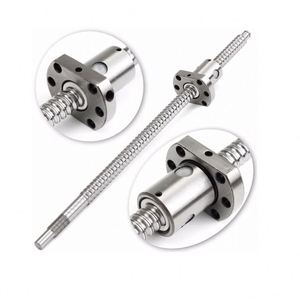
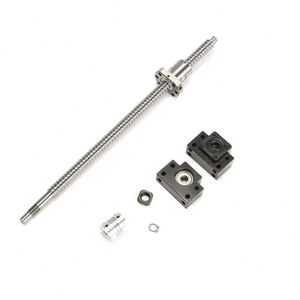











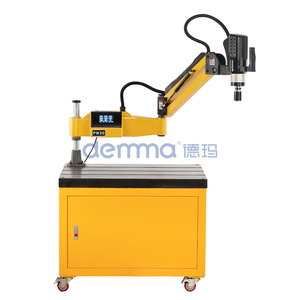


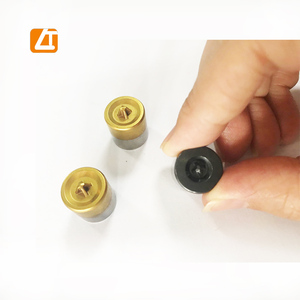
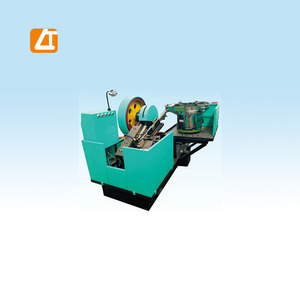
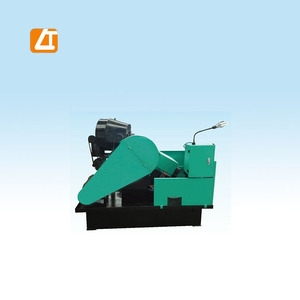
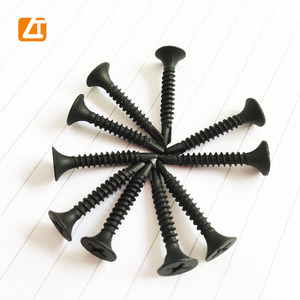
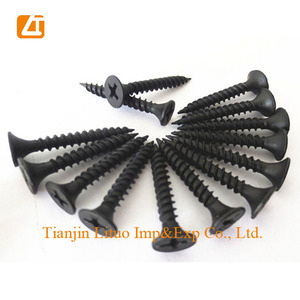


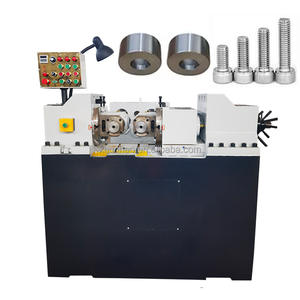

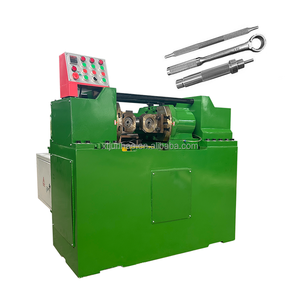

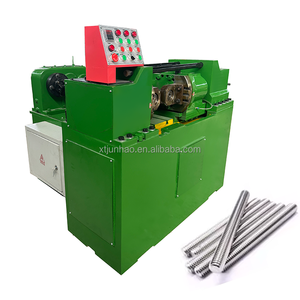



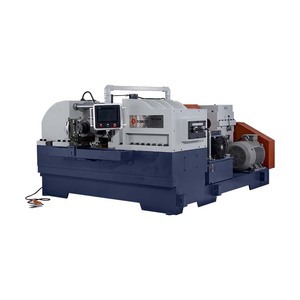


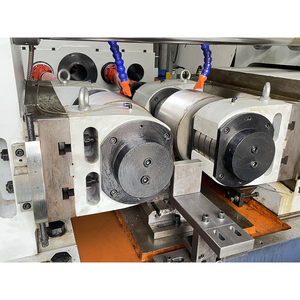

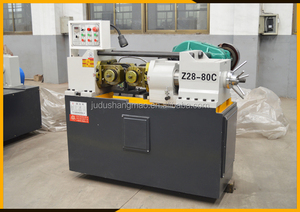
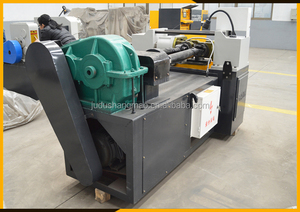


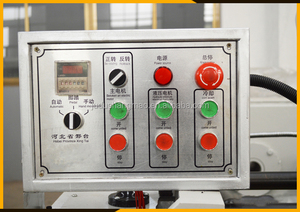











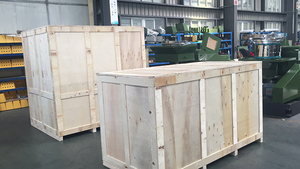





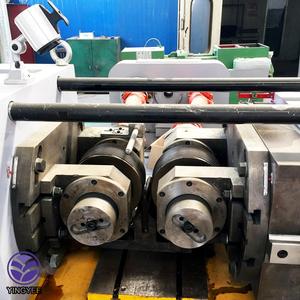
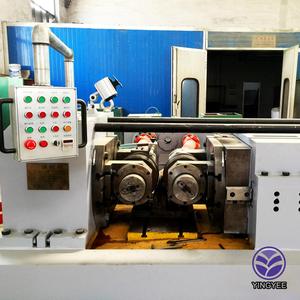



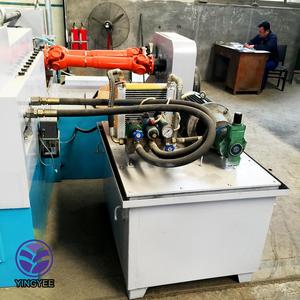












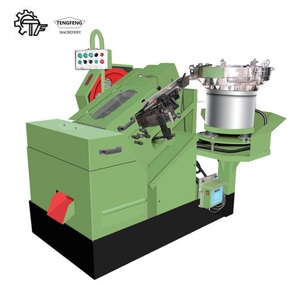

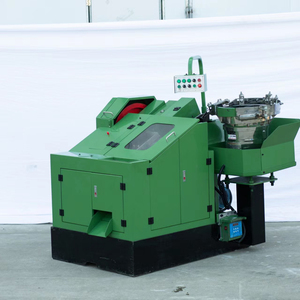














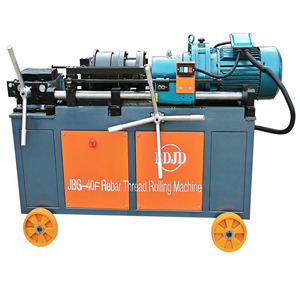

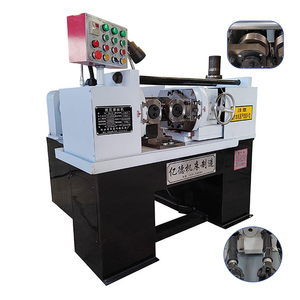
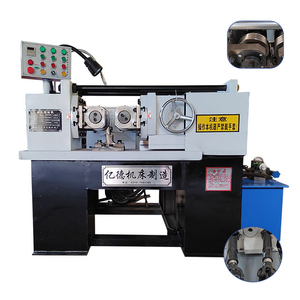




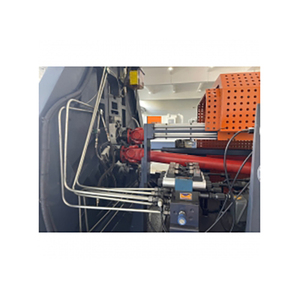







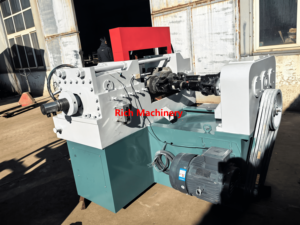












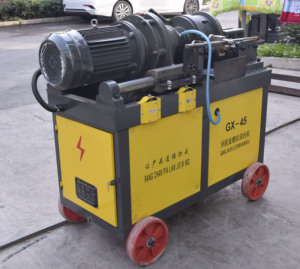
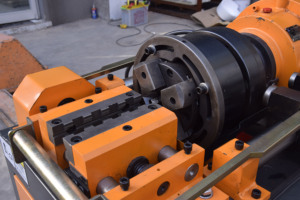

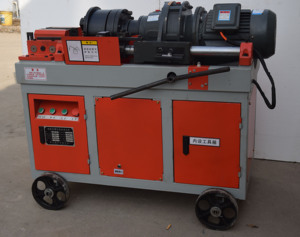





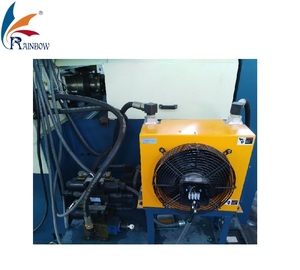



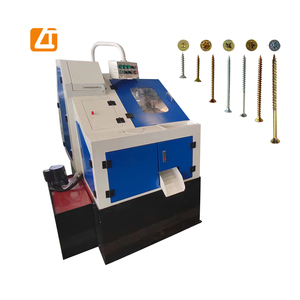

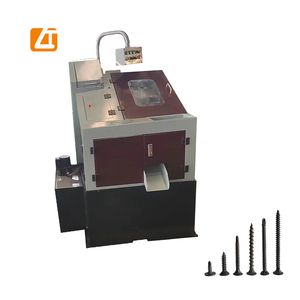
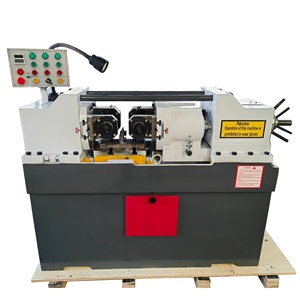


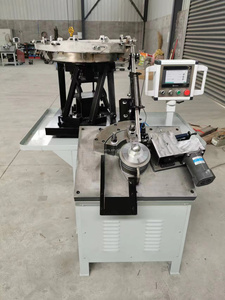

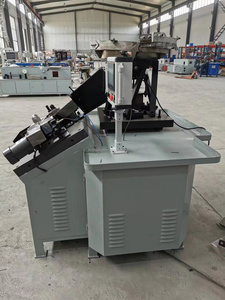






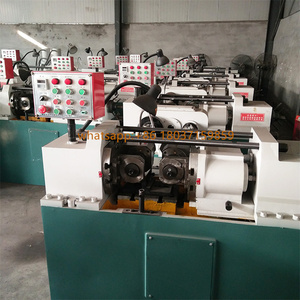






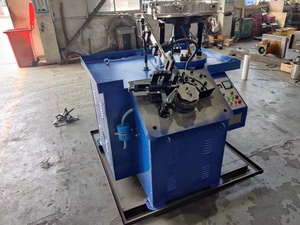








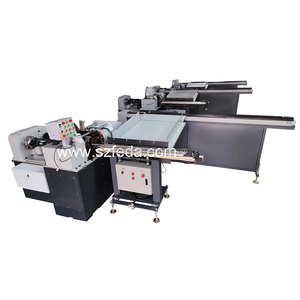



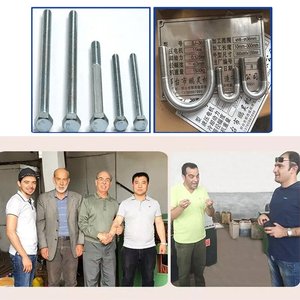

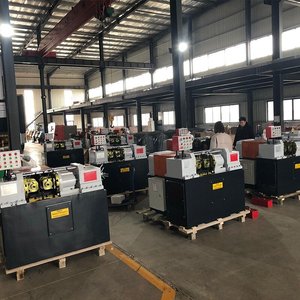


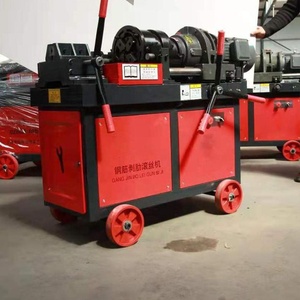

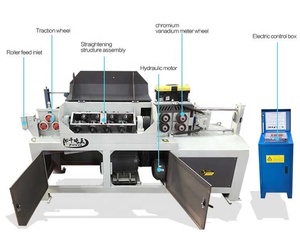










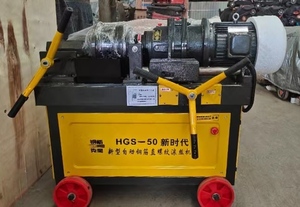






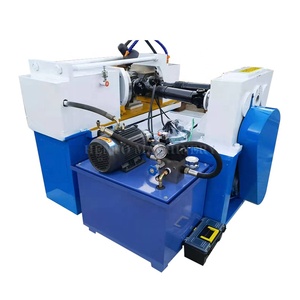




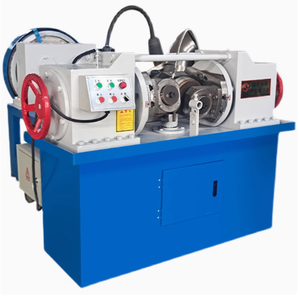
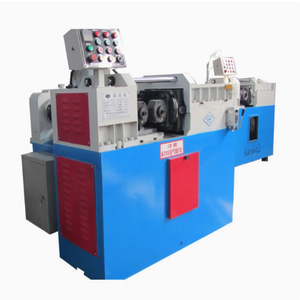









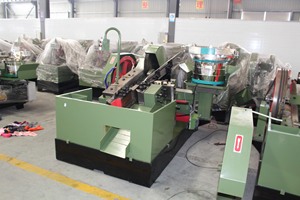
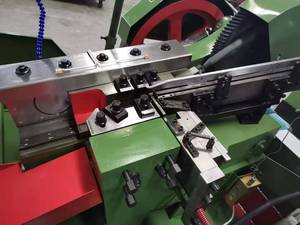


Market Overview: The global market for thread rolling machines, particularly acme thread rolling machines, has demonstrated a promising trajectory in recent years. As per industry analysis, the market was valued at approximately USD 744.1 million in 2023 and is projected to reach USD 895.1 million by 2030, reflecting a compound annual growth rate (CAGR) of 2.7% during this period. The demand for acme thread rolling machines is largely driven by the increasing need for precision-engineered components in sectors such as automotive and aerospace, where high-quality threads are essential for assembly and functionality. Additionally, the proliferation of automated manufacturing processes is further propelling the adoption of these machines across various industries, highlighting their vital role in enhancing production efficiency.
Regional Insights: Geographically, North America, particularly the United States, is a significant market for acme thread rolling machines, with a valuation of USD 202.7 million in 2023. The U.S. market is expected to continue its robust growth, driven by a mature manufacturing base and technological advancements in automation. Meanwhile, the Asia-Pacific region, particularly China, is forecasted to grow at an impressive CAGR of 5.2%, reaching USD 178.8 million by 2030. This growth is attributed to rapid industrialization and increased investments in manufacturing capabilities. Furthermore, the rising trend toward sustainable manufacturing practices, including the integration of energy-efficient machinery, is shaping consumer preferences, pushing manufacturers to innovate and enhance the functionality of acme thread rolling machines to meet evolving market demands.
Two principal types exist when rolling machines are acme. ACME thread rolling machines can be categorized into vertical thread rolling machines, which have been built with sophisticated features to ensure optimal rolling quality. The basic idea behind these machines is to use hard steel rolls to create threads at high speed. Not only is the efficiency of producing threads at an enormous scale significantly increased, but the strength and durability of the threaded product improves as well. This is because, aside from the product's structural integrity, no cutting or waste material exists in the manufacture process. Because they can be automated, power-driven, and manufactured in large quantities, thread rolling machines are often employed in big factories and industry.
Horizontal thread rolling machines
ACME dies are commonly used in horizontal machines. Two-pin rolling machinery is present in these types. The workpiece is placed between two flat plates, which are then moved towards the workpiece, where it is subjected to deformation. Products made from aluminum and light metals, such as rivets, are predominantly rolled on these machines. Because of the servo motor's ability to power its rolling process, the three-rolling die system frequently uses it to roll threads on hard products such as steel. Three die rolling has a turret that includes three dies, and they all apply pressure to the workpiece as it rotates between the three dies. When a lead screw is used in this machine, it is often referred to as a high screw threading machine with a lead screw in the design. The ACME screw leads all parts on a helical path with a constant distance between the threads, which are often used in computers, projectors, medical equipment, cameras, machinery, and other precision devices.
Benefits of using an ACME thread rolling machine
Increased production speed and efficiency are two significant benefits of using an ACME thread rolling machine. The mass-production ability of this machinery simplifies and speeds up manufacturing. Secondly, the machine creates a product with more structural integrity and no cutting wastage, which is a remarkable benefit. Threads that have been rolled tend to be stronger than cut threads because rolling creates threads. The thread has more strength, making them better able to withstand deformation, particularly under high-stress circumstances. Cost-reduction efforts by businesses often lead to attempts to enhance their products' operational efficiency and durability. This makes thread-rolling machines an intelligent investment choice.
The following are some main specifications and their maintenance corresponding to them for an Acme thread rolling machine.
Capacity
It indicates the size range and weight the machine can acquire. Essentially, it can roll threads of sizes from 1/2 to 6 inches. Along with the dimensions, the capacity also includes the thread forms and weights.
Users should periodically calibr the capacity of the rolling machine to ensure accurate weight and thread form measurements. Also, they should regularly check the maximum and minimum capacity limits and adjust the machine accordingly to accommodate the specified sizes and weights. Additionally, they should perform routine maintenance tasks, such as lubrication, cleaning, and thread form replacement, to maintain the machine's capacity and efficiency.
Power
Essentially, the power of the thread rolling machine indicates the ability of the motor to generate torque for the rolling process. It is typically given in horsepower (HP) or kilowatts (KW). The power rating is an important factor in determining the machine's capacity to roll threads of various sizes and materials.
Users should ensure proper motor power supply connections. In other words, they should use the recommended voltage and current to maintain optimal performance. Additionally, they should regularly monitor the motor's power output, checking for any signs of power drops or abnormalities. In case of any issues, users should consult a technician to diagnose and fix the problem. They should also avoid overloading the machine beyond its power capacity to prevent motor damage and ensure its longevity.
Rolling speed
An operator can adjust the rolling speed of the thread rolling machine to control the thread cutting speed during the manufacturing process. The adjustment is important as it allows the operator to optimize the machine's performance according to the material being processed and the desired thread precision. The rolling speed is usually given in revolutions per minute (RPM).
Users should regularly check the rolling machine's rolling speed and adjust it to maintain optimal performance. Also, they should monitor the thread cutting speed for efficiency and thread quality. Users should additionally ensure proper lubrication of all moving parts to reduce friction and maintain smooth rolling speeds. They should also avoid sudden speed changes, as they can shock the machine and lead to mechanical failure. Instead, gradual speed adjustments should be made to ensure a stable and consistent rolling speed.
Die material and life
The rolling machine utilizes die threads made of high-speed steel (HSS), tungsten carbide, or other alloy materials. Often, the choice of die material depends on the specific application requirements, such as the type of material being processed and the desired thread precision. The manufacturer creates these die threads with high accuracy and sharp cutting edges.
Users should periodically inspect the die material and its condition to maintain their effectiveness. They should look for signs of wear, damage, or blunting of the cutting edges and promptly replace the dice if necessary to maintain thread quality. Besides, they should also properly clean and lubricate the die threads to prevent build-up and ensure smooth thread formation. Further, they should store the unused die threads in a dry and controlled environment to protect them from contaminants and preserve their quality.
The ACME thread rolling machine is suitable for many applications in different industries. The machine can produce large-scale industrial, agricultural, and hardware parts.
Check material compatibility
Machine users must confirm that the materials the machine will roll are compatible with the thread roller. Testing small samples of the material before acquiring a large amount is a good idea to ensure this.
Production volume requirements
Considering one's production volume requirements is crucial when selecting a machine. Smaller machines are usually appropriate for low production volume, while larger machines better suit high production volume.
Space limitations and machine size
It is essential to consider one's space limitations and the size of the machine one intends to get. Ensure that there is enough space for the machine and it will fit in the space available.
Maintenance and support
When selecting an ACME thread roller, it is necessary to consider the maintenance and support offered by the manufacturer. Some machines require more maintenance than others, and it is crucial to have support from the manufacturer if any issues arise.
Determine the desired thread form
One must first determine the desired thread form before purchasing an ACME thread rolling device. The ACME machine comes in different thread forms, so choosing one that will create the needed thread is essential.
Q: What materials can be used with an acme thread rolling machine?
A: Generally, metal alloys that can be deformed without breaking are used. Common ones include steel, stainless steel, aluminum, brass, and titanium.
Q: How accurate is an acme thread rolling machine?
A: These machines can create threads with tolerances of +/- 0.005 inches. The accuracy depends on the quality of the machine and the condition of its components.
Q: What types of threads can be rolled with an acme thread rolling machine?
A: Acme thread rolling machines are made to make specific threads. They can make standard trapezoidal threads, plus modified threads if the machines are of good quality and the rolling tools are changed accordingly.
Q: Is training required to operate an acme thread rolling machine properly?
A: Yes, operating thread rolling machines safely and effectively usually requires training. The operator must understand how the machine works and how to set it up for different thread types and sizes.
Q: Can an acme thread rolling machine be used for other operations besides threading?
A: No. Other machines make other shapes. An acme thread rolling machine makes threads only. Other machines, such as thread whirling, do that. However, in addition to rolling threads, some machines may have attachments or features that allow them to perform other operations, such as drilling or tapping.